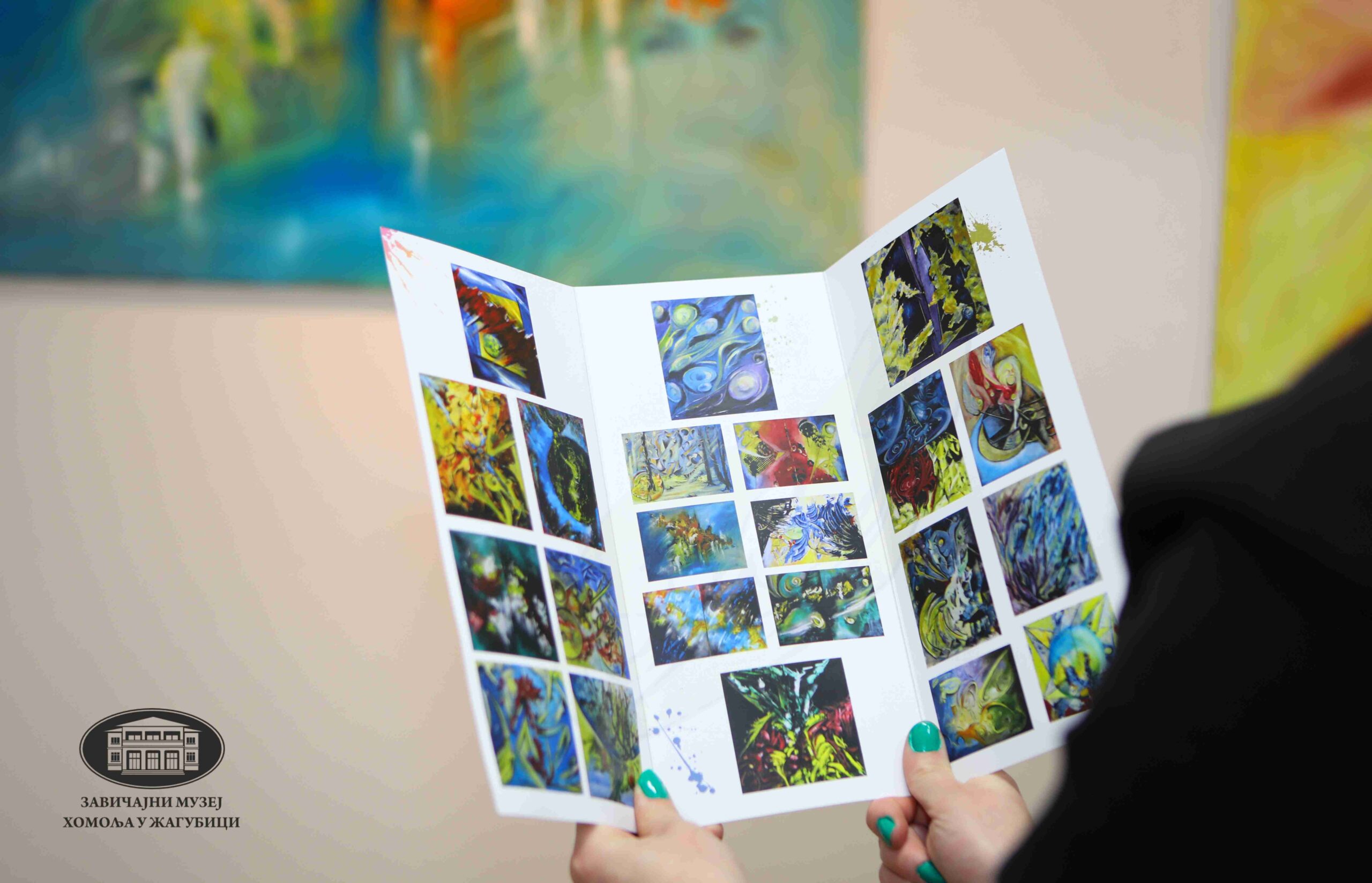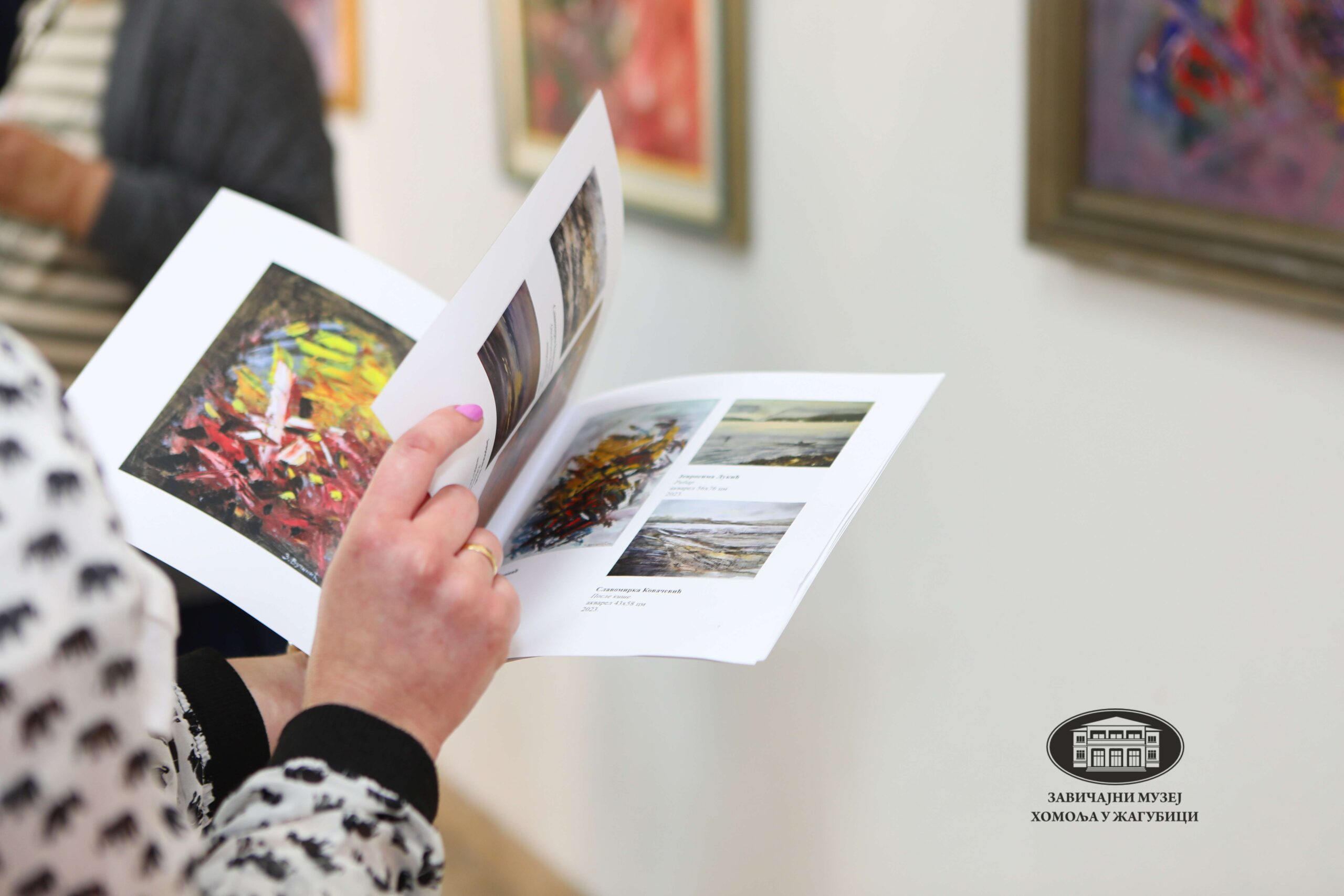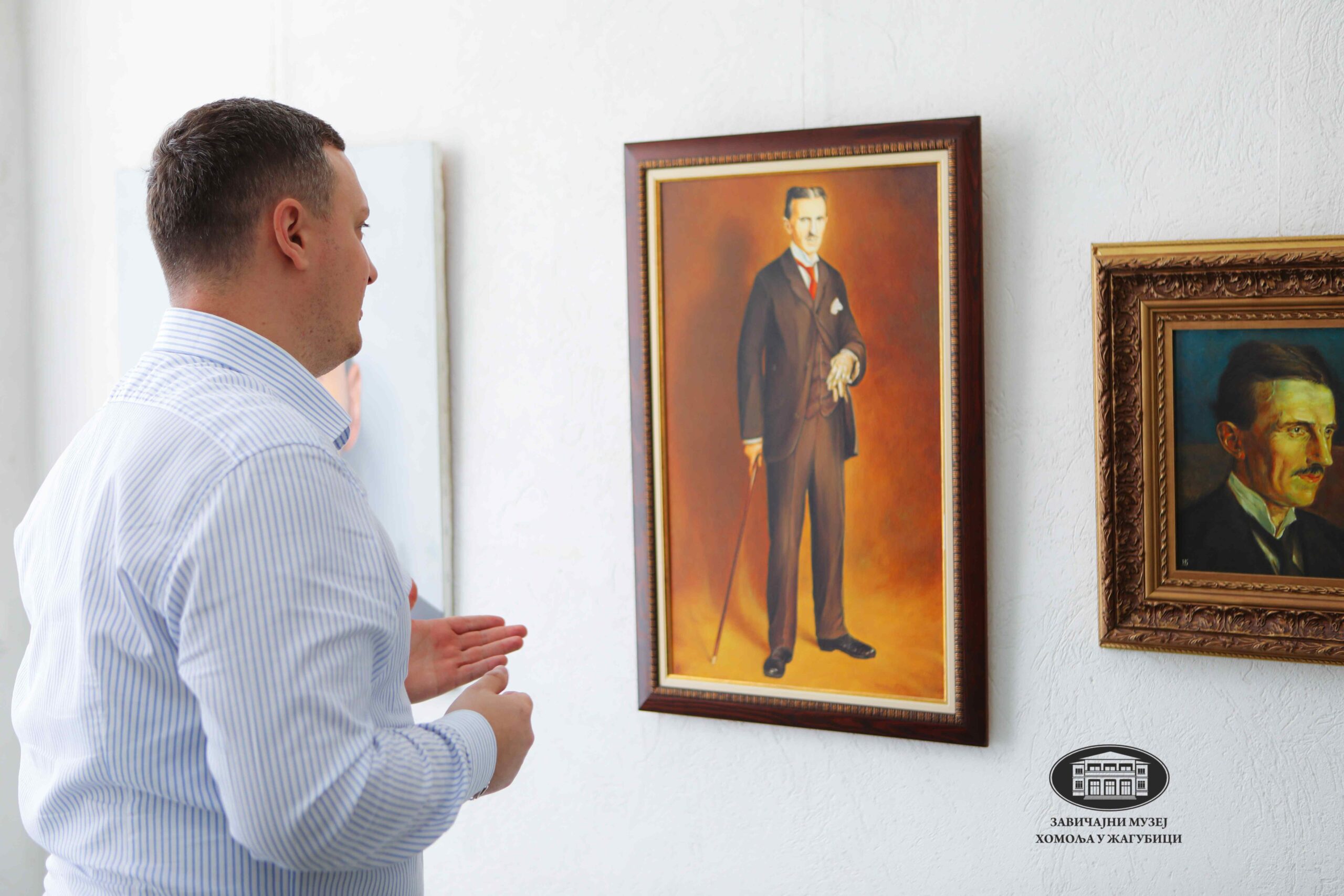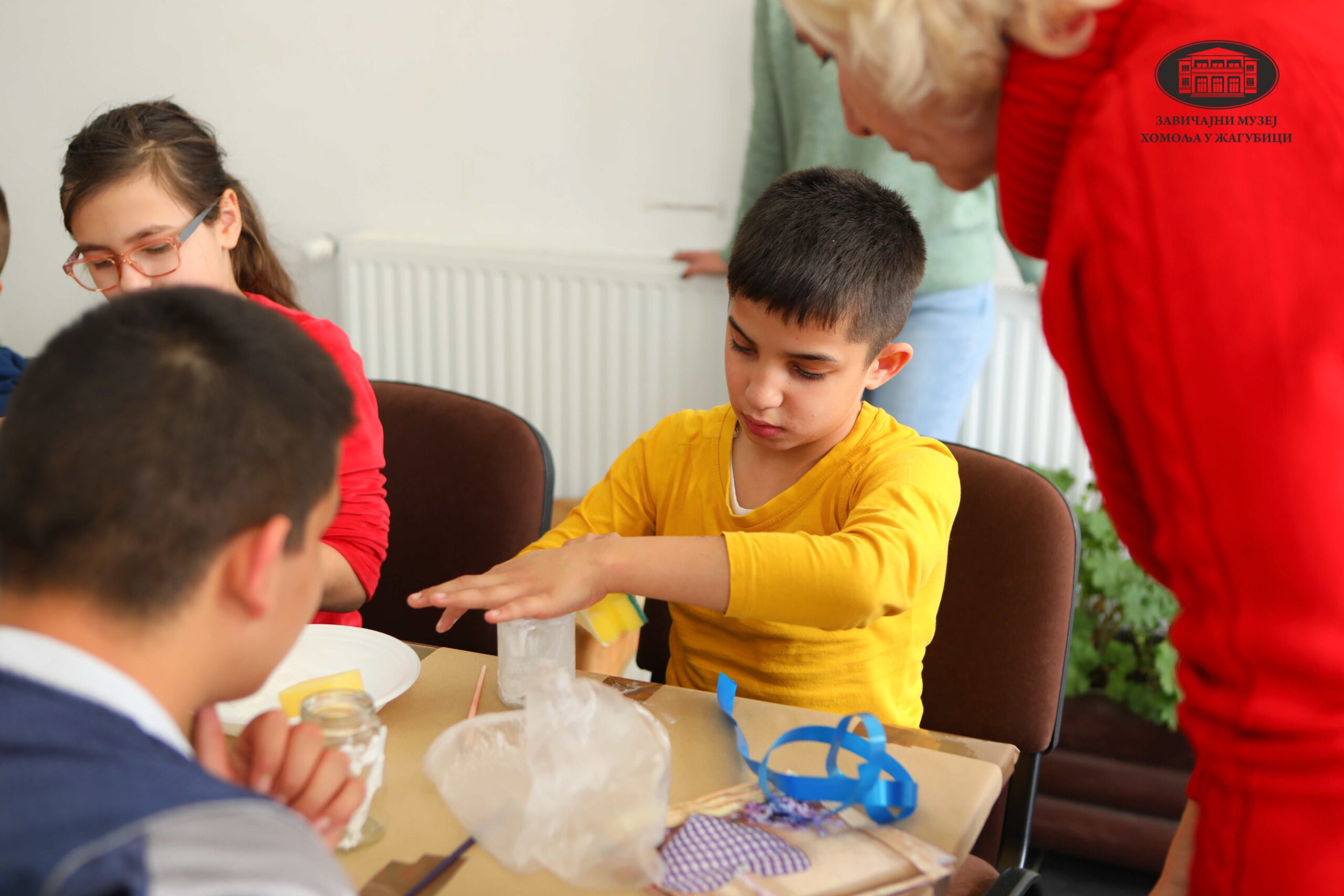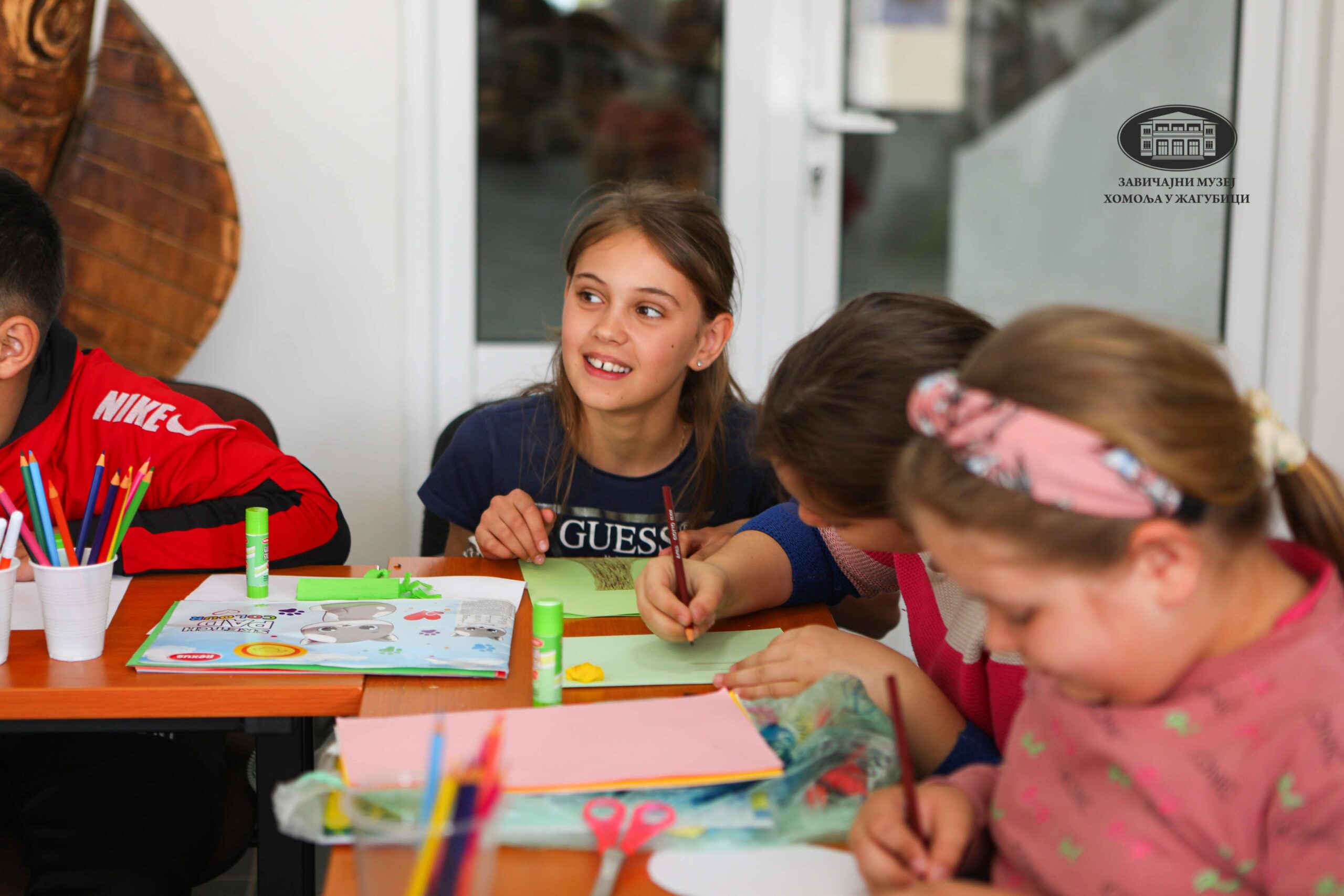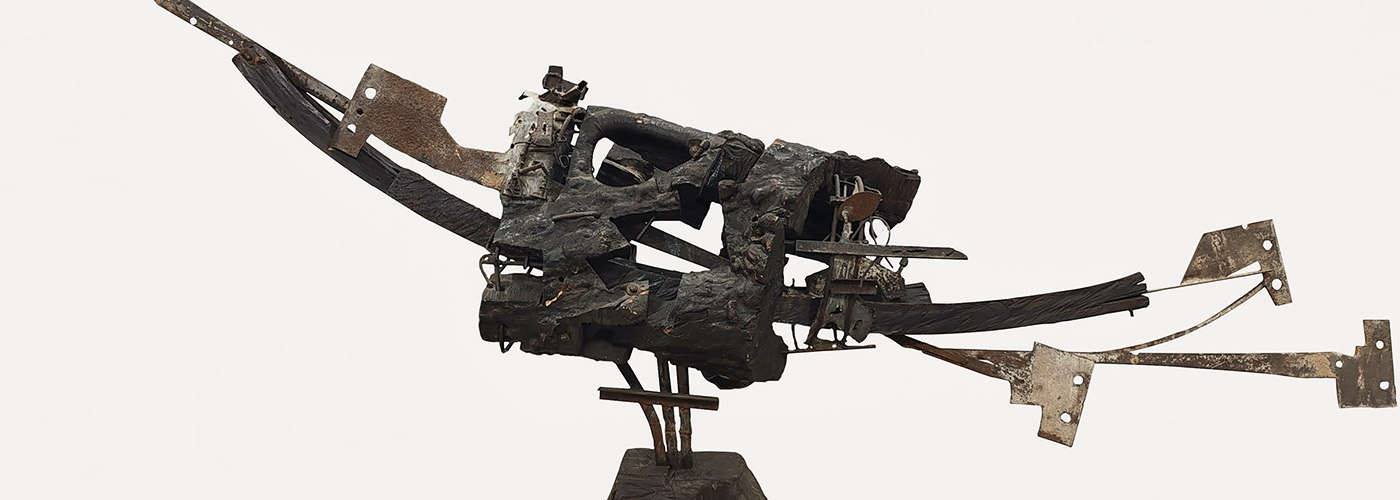
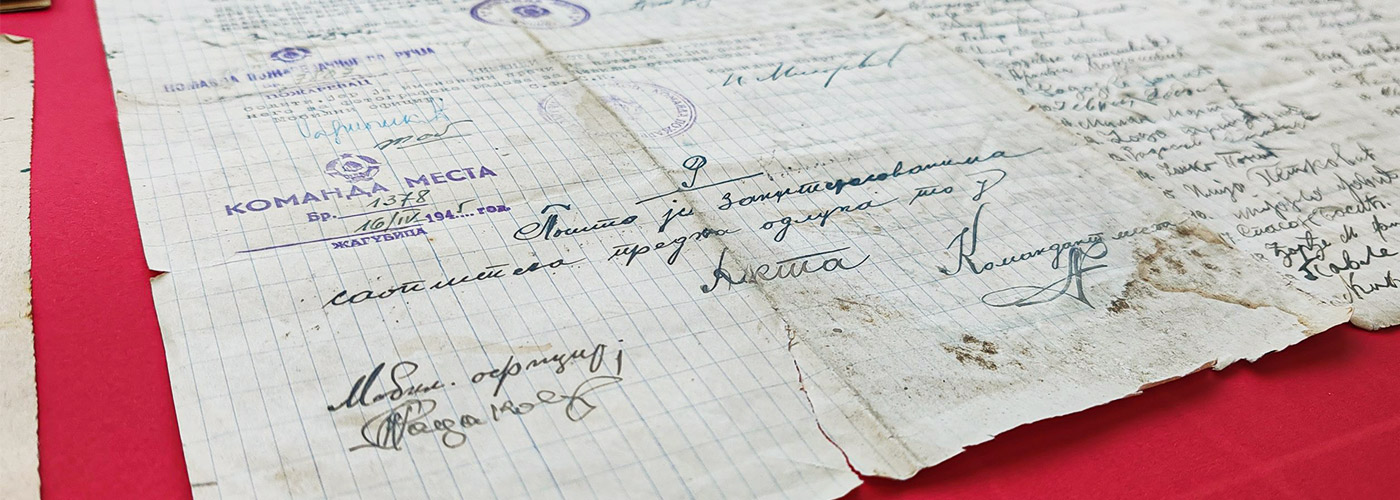
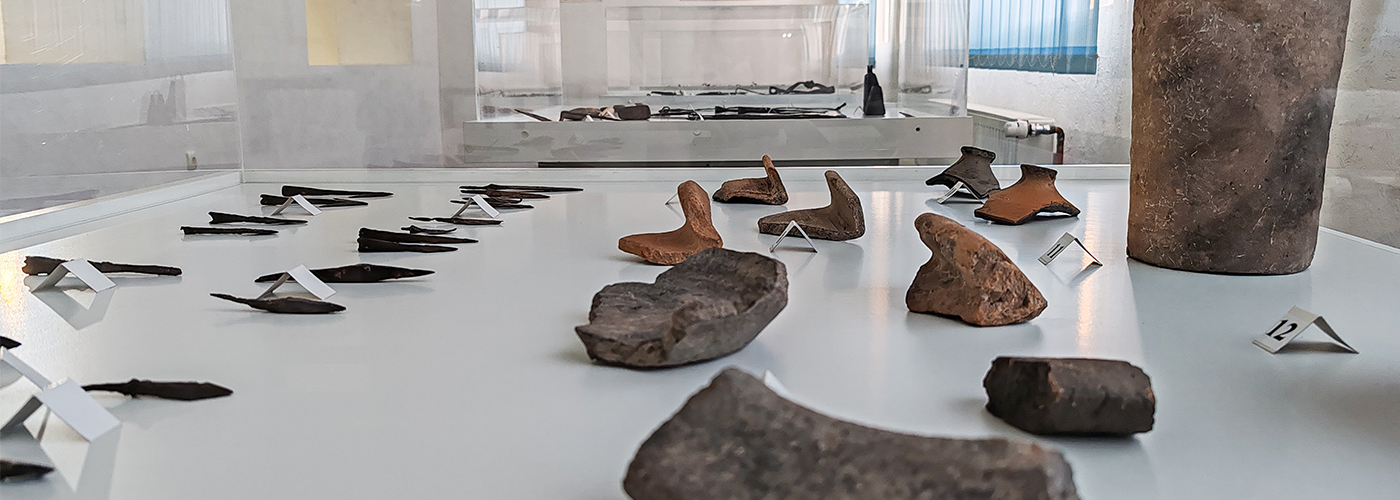
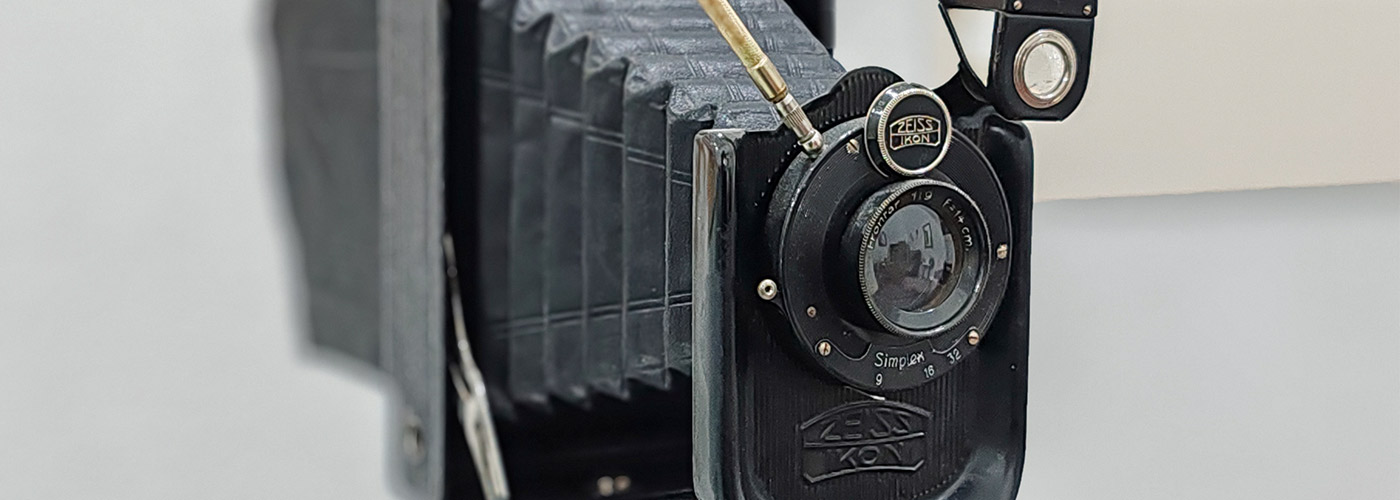
NOVOSTI
IZLOŽBA SLIKA RENOMIRANE UMETNICE SNEŽANE NIKOLIĆ
U saradnji Zavičajnog muzeja Homolja i Udruženja likovnih umetnika Homolja u Galeriji ULUH-a u Žagubici…
IZLOŽBA SLIKA “ZEMLJA-VODA-VATRA”
U organizaciji Zavičajnog muzeja Homolja u Galeriji ULUH-a u Žagubici 8. Aprila održano je svečano…
IZLOŽBA “MAGIČNI SVET” IVAN KARAFILOVSKI
U Zavičajnom muzeju Homolja u Žagubici 21. marta svečano je otvorena izložba pod nazivom “Magični…
- 1
- 2
RADIONICE
KREATIVNA DEČIJA RADIONICA “TEGLICA NA DAR”
Povodom 8. Marta u Zavičajnom muzeju Homolja u Žagubici održana je kreativna radionica za decu…
DEČIJA RADIONICA “PROLEĆE DOBRODOŠLO”
U saradnji OŠ “Moša Pijade” i Zavičajnog muzeja Homolja u Žagubici, u prostorijama muzeja održana…

